In Ukraine‘s ongoing conflict with Russia, ingenuity has turned everyday items into powerful weapons. Vadim Adamov, a soldier near Avdiivka in early 2024, packed a Pringles can with sulphate and plastic explosive, creating a makeshift bomb dropped by a DJI Mavic drone that disabled a Russian armored vehicle, as reported by journalist Tom Mutch for Defense News. This low-cost tactic—using a $1,500 drone and $1.50 can—highlights how drones are reshaping modern warfare with affordable, effective solutions.
From Hobby Drones to Battlefield Game-Changers
Drones like the DJI Mavic, retailing for about $2,000, have transitioned from amateur photography tools to critical military assets. In Ukraine, their role expanded early in the 2022 Russia-Ukraine war, guiding artillery against a Russian armored column in Brovary, near Kyiv. By 2023, when U.S. aid and artillery shells dwindled, Ukraine leaned on drones for defense, producing 2.2 million units last year and aiming for 5 million in 2025. These include first-person view (FPV) drones, which pilots navigate via goggles, and unmanned ground vehicles (UGVs) for delivering supplies.
The affordability of drones—costing less than $100 for explosives versus hundreds of thousands for armored vehicles—offers a stark economic advantage. “The idea is that the person controlling it is in a safe place,” said Sasha Rubina, a tech designer at Ukrainian Unmanned Technologies, showcasing a UGV at a February 2025 Kyiv conference. This innovation reduces soldier exposure, preserving lives and medical resources.

Tactical Evolution and Industry Trends
Ukraine’s drone strategy emphasizes mass production and adaptability. Operation Spiderweb, a June 1, 2024, assault, saw drones smuggled into Russia to destroy strategic aircraft, showcasing scalable DIY tactics. Near Lyman, pilots train on FPV Drones, with gamified incentives like online medals and bonuses for confirmed kills. This approach mirrors a tech-driven arms race, with Ukraine countering Russian advances through rapid innovation.
Technologically, drones face challenges like Russian jammers, which disrupt live feeds. Russia’s counter—equipping drones with fiber-optic cables—prompted Ukraine to deploy physical netting over trenches and roads. These adaptations reflect a dynamic battlefield where each side counters the other’s moves, driving demand for lightweight, versatile drone designs.
Operational and Strategic Implications
Drones offset Ukraine’s infantry shortages, especially after the failed 2023 counteroffensive. With morale strained and U.S. support uncertain under President Trump, drones provide a psychological and tactical edge. Their precision reduces reliance on heavy artillery, critical amid ammunition shortages. Economically, Ukraine’s shift to in-house production—using imported parts like rotor blades and batteries—cuts costs, with amateur technicians assembling drones in basements and garages.
Regulatorily, the proliferation of DIY drones raises concerns about airspace control and civilian safety, though Ukraine’s focus remains on military applications. The global Drone Industry may see increased investment in low-cost, modular designs, as Ukraine’s model proves effective against conventional forces.
A New Era of Warfare
Ukraine’s drone revolution, exemplified by Adamov’s Pringles can bomb, underscores a shift toward accessible, innovative warfare.
As Kipling’s poetry noted, “Two thousand pounds of Education falls to a ten-rupee jezail.”
Today, a $1,500 drone can cripple a $500,000 vehicle, leveling the battlefield. With 5 million drones planned for 2025, Ukraine’s strategy of degrading Russian forces one strike at a time could redefine modern conflict, proving that necessity drives invention.
Photos courtesy of Tom Mutch / Defense News / Tonya Levchuck / X.
Discover more from DroneXL.co
Subscribe to get the latest posts sent to your email.


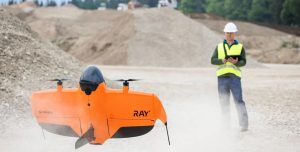

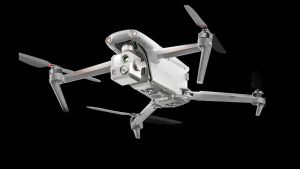


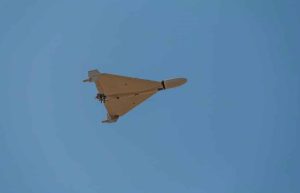

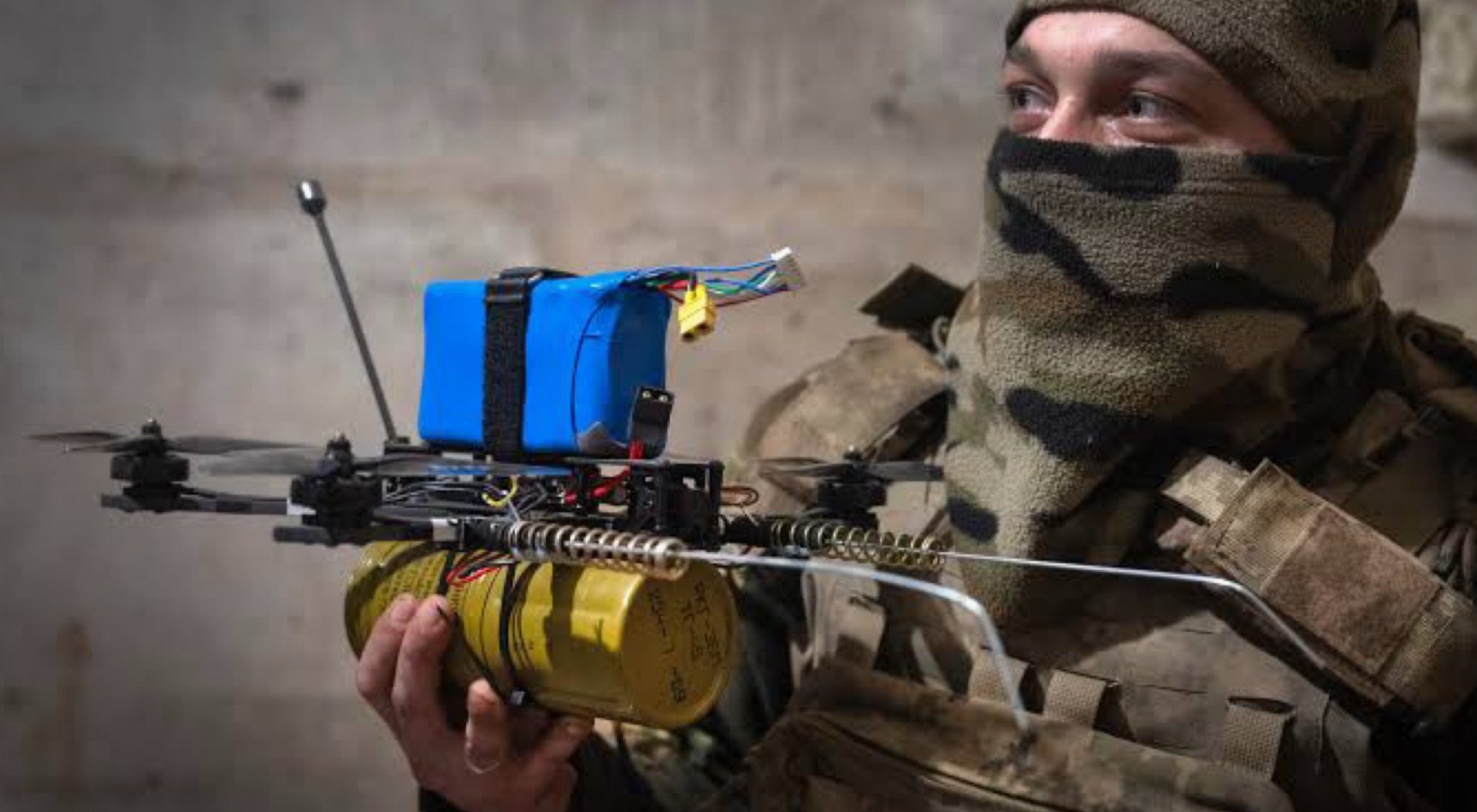


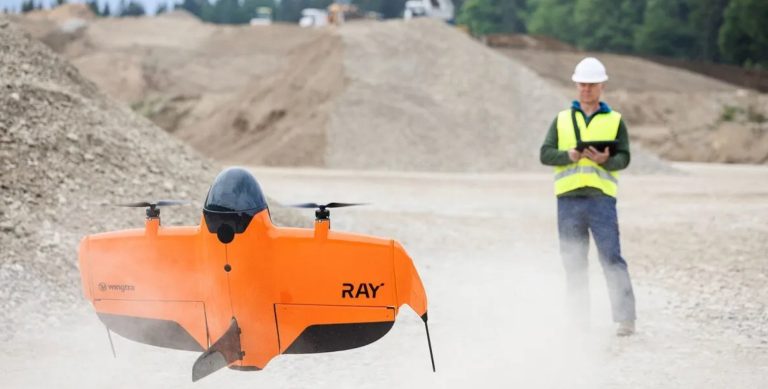
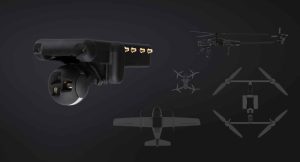

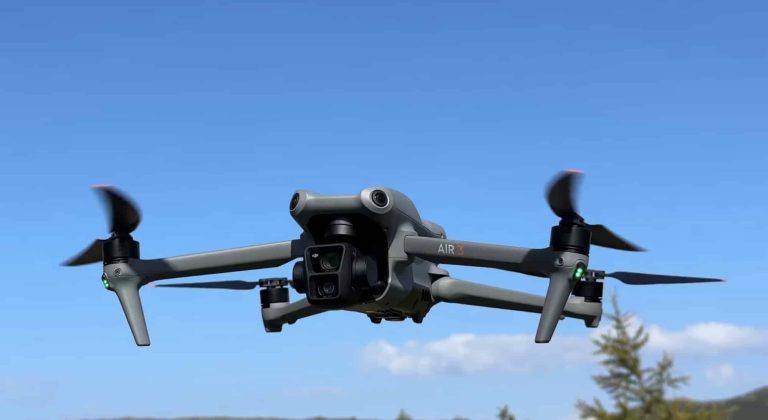
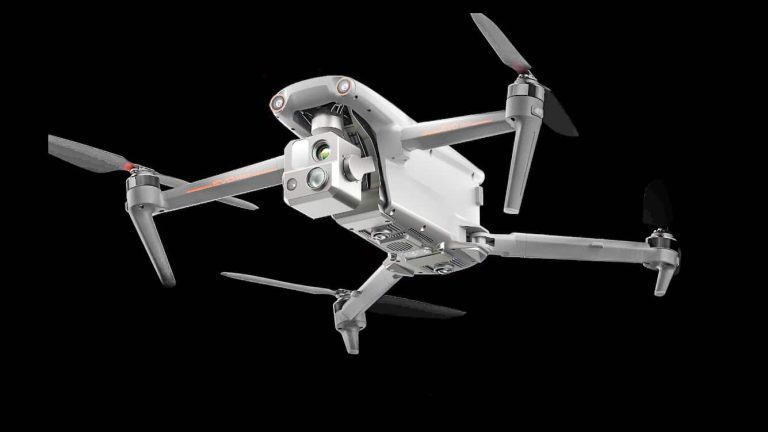
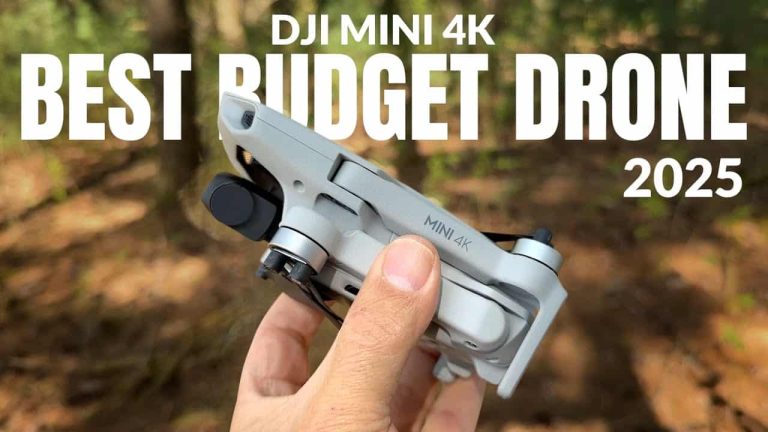

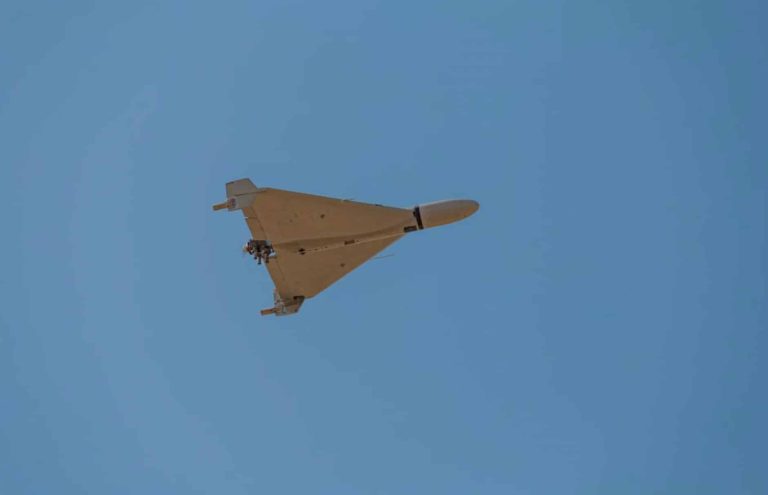
+ There are no comments
Add yours